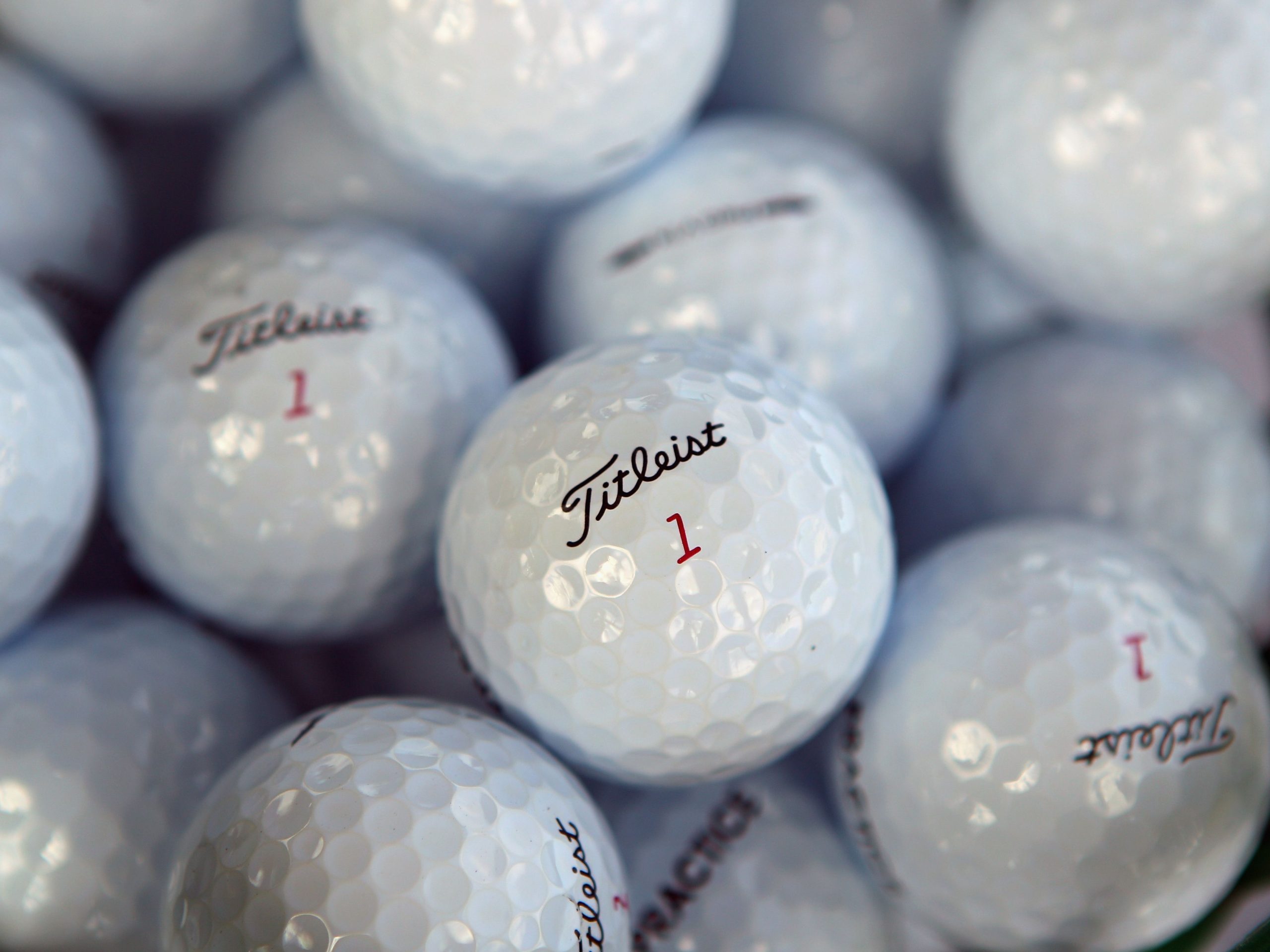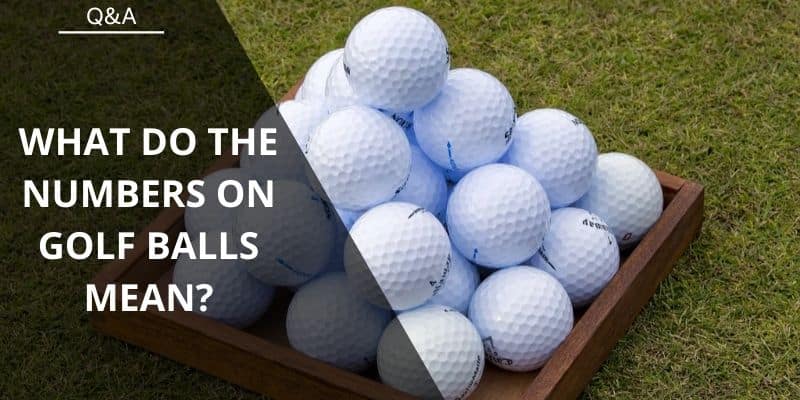Why Are Golf Balls Numbered

In the world of golf, where precision and strategy reign supreme, every detail counts. From the swing of the club to the choice of clubs themselves, every aspect of the game is carefully considered. But what about the humble golf ball? Why are these small dimpled spheres often adorned with numbers? The answer lies in the intricate world of golf ball numbering.
Golf balls are more than mere accessories; they are essential tools that can greatly impact a player’s performance. And numbering these seemingly identical spheres serves a purpose far beyond aesthetics. Each number etched onto a golf ball carries significance, from identifying ownership to tracking performance and ensuring fairness during play.
In this article, we will delve into the fascinating realm of golf ball numbering. We will uncover the reasons behind why golf balls are numbered, explore the evolution of numbering systems, and discover the factors that influence the selection of specific numbers. We will also address common misconceptions, examine the importance of using numbered golf balls in tournaments, and peek into the future of golf ball numbering.
So, grab your clubs, settle into your favorite golf cart, and join us on this journey to unravel the secrets behind why golf balls bear numbers. Prepare to gain a deeper appreciation for the meticulous details that make the game of golf a true test of skill and precision.

Why are golf balls numbered?
What is the purpose of numbering golf balls?
When it comes to golf balls, numbering serves several important functions. Let’s explore these purposes in more detail.
Identifying and distinguishing golf balls
One primary purpose of numbering golf balls is to allow players to identify and distinguish their own balls from others on the course. This becomes particularly important in scenarios where multiple golfers are playing simultaneously or when balls end up in close proximity to each other. The unique numbers on golf balls help players quickly recognize and claim ownership of their respective balls.
Furthermore, numbering enables players to track the performance and characteristics of individual balls. By assigning numbers, golfers can keep a record of how each ball performs in terms of distance, spin, feel, and other attributes. This information can be valuable when selecting the most suitable ball for specific shots or courses.
Preventing confusion during play
Imagine a scenario where two golfers are playing with identical golf ball models but without any distinguishing marks. If both golfers hit their balls in close proximity, it could lead to confusion and potential penalties if the wrong ball is played. Numbering golf balls eliminates this confusion by providing a clear visual identifier, minimizing the risk of playing the wrong ball.
How are golf balls numbered?
Now that we understand the purpose behind golf ball numbering, let’s explore the methods used to assign numbers to these small spherical objects.
Standard numbering system
The most common method of numbering golf balls is through a standardized system that assigns numerical values to each ball. This system typically includes single-digit and two-digit numbers.
Single-digit numbers (1-9)
Golf balls numbered with single digits, such as 1 through 9, are often associated with professional golfers and high-level competitions. These numbers have historical significance, with certain players and tournaments being strongly linked to specific digits. For instance, the number 1 is often associated with the reigning champion or the world’s top-ranked golfer.
Two-digit numbers (10-99)
The range of two-digit numbers provides greater flexibility and options for golf ball numbering. These numbers often allow for personalization, branding, and sponsorship opportunities. Golfers can choose numbers that hold personal significance or align with their favorite players or memorable events. Additionally, golf ball manufacturers may offer specific numbered editions, which can be popular among collectors and enthusiasts.
Custom numbering options
In addition to the standard numbering system, golfers have the option to personalize their golf balls with custom numbers or markings. This customization can further enhance identification and add a touch of personal flair to the game. Golfers can choose to have their initials, lucky numbers, or other significant digits printed on their balls. Some manufacturers even offer the option to include custom designs or logos, allowing golfers to truly make their golf balls unique.
The evolution of golf ball numbering
The practice of numbering golf balls has evolved over time, reflecting changes in regulations, manufacturing techniques, and player preferences. Understanding the historical context and the development of standardized numbering systems can provide valuable insights into the significance of golf ball numbering today.
Historical context
In the early days of golf, golf balls were not marked with numbers as they are today. Instead, players relied on various markings, such as colored bands or symbols, to differentiate their balls from others. However, as the game evolved and gained popularity, the need for a standardized system became evident.
Development of standardized numbering
The United States Golf Association (USGA) and the R&A, golf’s governing bodies, recognized the need for consistency in golf ball numbering. They established regulations and guidelines to ensure fairness and uniformity in the game. These regulations dictate the permissible numbering methods, including font size, color, and placement on the ball.
The standardized numbering system helps maintain a level playing field and ensures that all players have equal opportunities to identify and distinguish their golf balls. It also facilitates rule enforcement and penalty assessment during tournaments and competitive play.
Impact of technological advancements
Technological advancements in golf ball manufacturing have had a significant impact on the design and performance of golf balls. These advancements have also influenced the way golf balls are numbered.
Improved manufacturing techniques, such as multi-layer construction and advanced materials, have allowed for greater control over ball characteristics. Golf ball manufacturers can now fine-tune attributes like spin, launch angle, and compression. Consequently, golfers have more options when selecting golf balls, and numbering becomes an important aspect of differentiating between various ball models and their performance attributes.
Stay tuned for the next sections, where we will explore the factors influencing golf ball number selection, common misconceptions about golf ball numbering, the importance of using numbered golf balls in tournaments, and the future trends in golf ball numbering.




